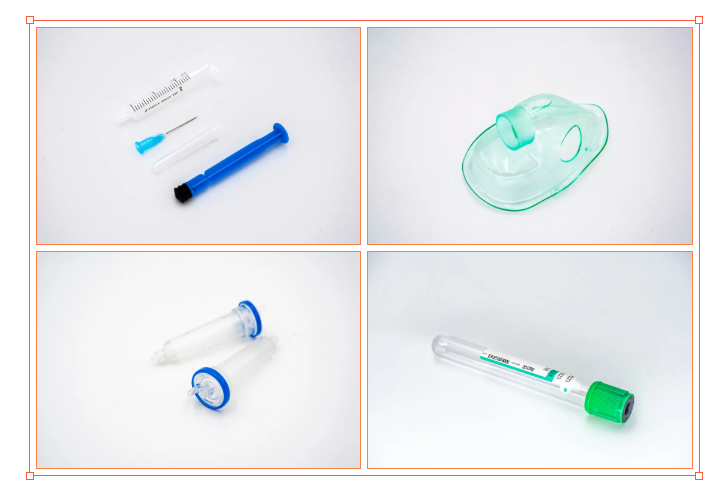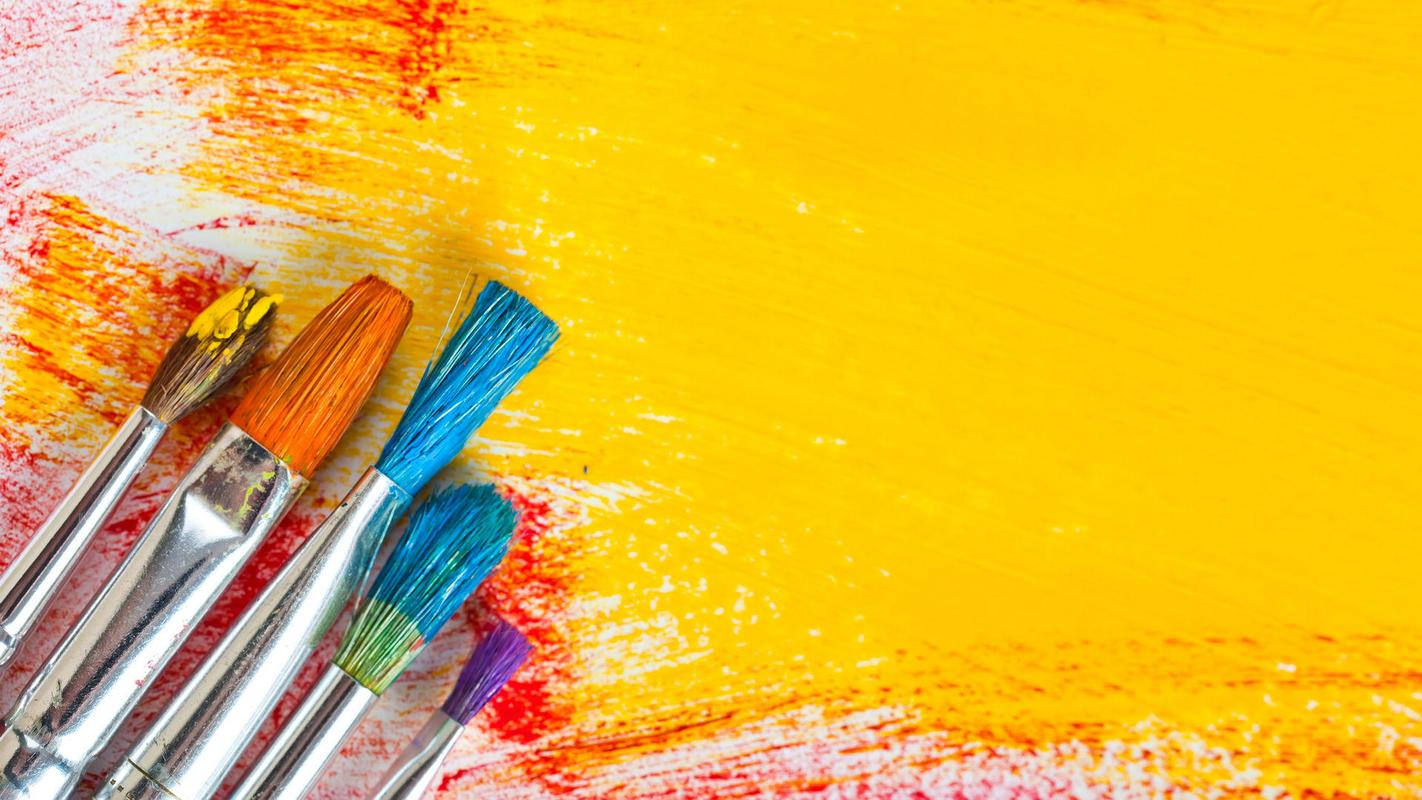The application of PVC and PE in medical field
There are about a dozen kinds of medical plastic materials that commonly used in medical field, Polyethylene (PE), polypropylene (PP), polyvinyl chloride (PVC), polyurethane (PU), polytetrafluoroethylene (PTFE), polycarbonate (PC), polystyrene (PS), etc., with the largest amounts of PVC and PE, accounting for 28% and 24% respectively; PS accounts for 18%; PP accounts for 16%; Engineering plastics accounted for 14%.
PVC is a low-cost amorphous plastic with excellent chemical resistance and microbial resistance. According to market estimates, PVC accounts for 28% of the medical plastic market. The advantages of PVC resin are low cost, wide application range and easy processing. The disadvantage is that PVC, as a polar material, can adsorb some drugs, and the plasticizer DEHP may precipitate and harm human body.
PVC products used in medicine include: blood bags, hemodialysis pipes, breathing masks, oxygen tubes, urine bags, artificial ear and nose, etc.
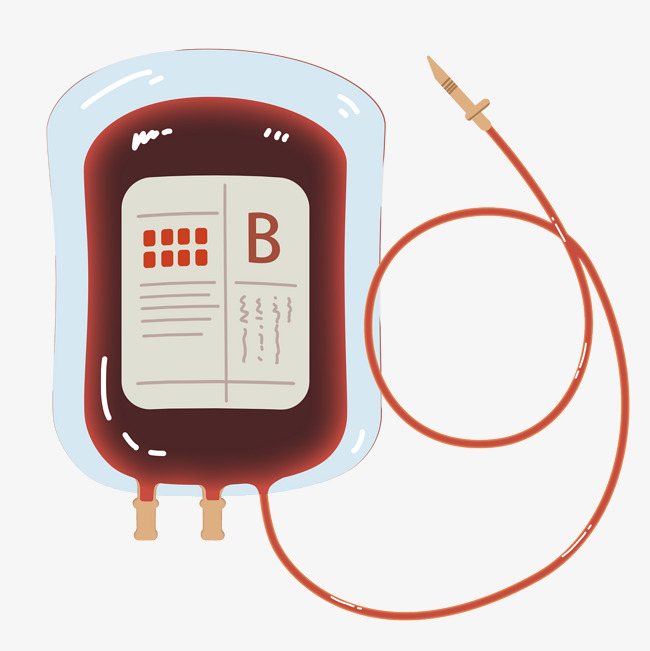
PE is the general plastic with the largest output. It has the advantages of good processing performance, low cost, non-toxic and tasteless, and good biocompatibility. Ordinary PE can usually be used for medicine bottles, needle caps, syringe push rods, flow regulators of infusion sets, packaging bags of infusion sets and syringes, etc.
UHMWPE (ultra high molecular weight polyethylene) is a special engineering plastic with high impact resistance, strong wear resistance (the crown of plastics), low friction coefficient, biological inertia and good energy absorption characteristics. Its chemical resistance is comparable to PTFE, and it is an ideal material for artificial hips and artificial joints.
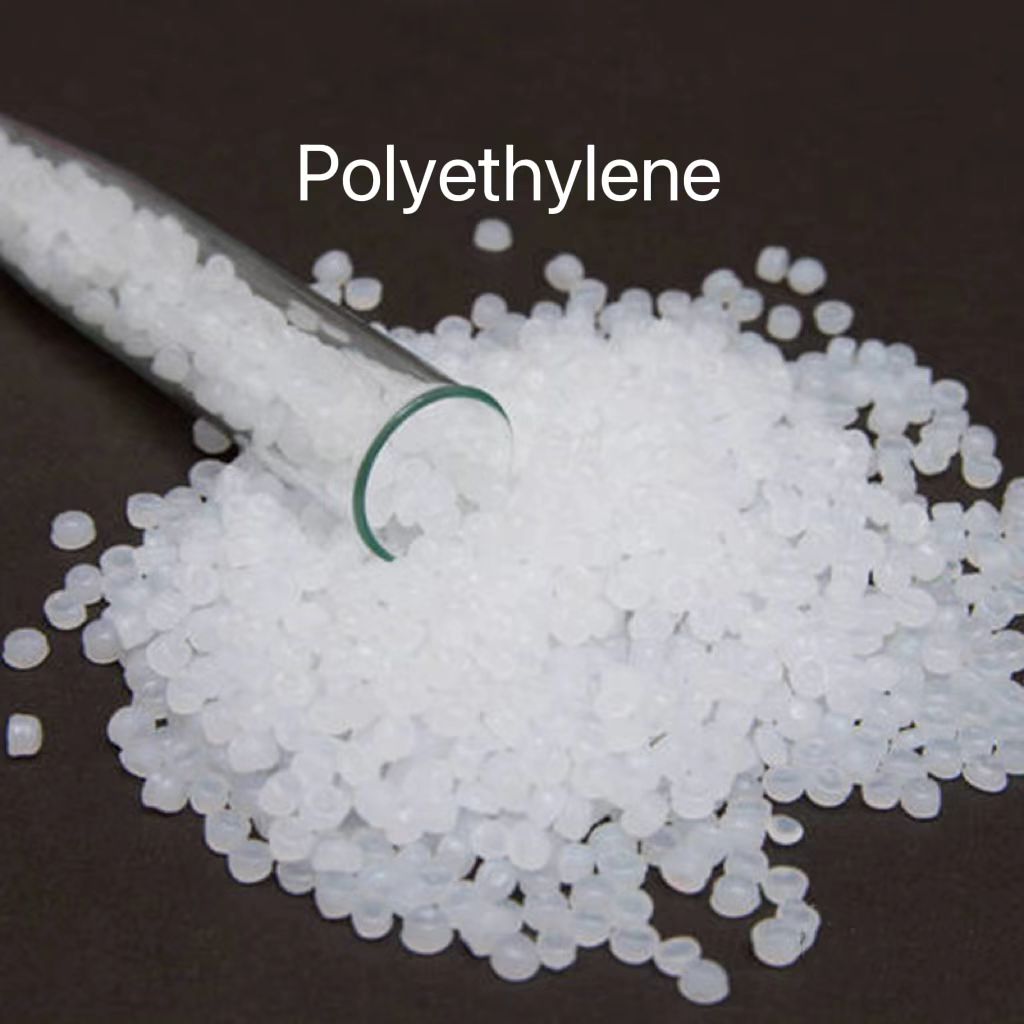
Recommanded products from TDD:
 Tianjin Dagu Chemicals Polyvinyl Chloride PVC Resin DG-700
Tianjin Dagu Chemicals Polyvinyl Chloride PVC Resin DG-700
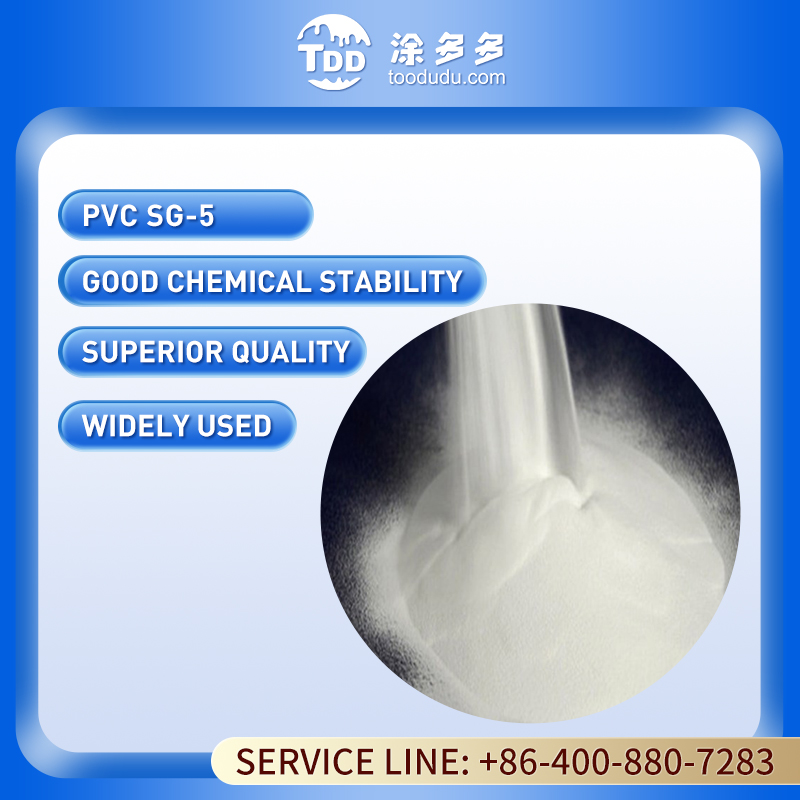 Polyvinyl chloride SG-5 type zhongyan
Polyvinyl chloride SG-5 type zhongyan

